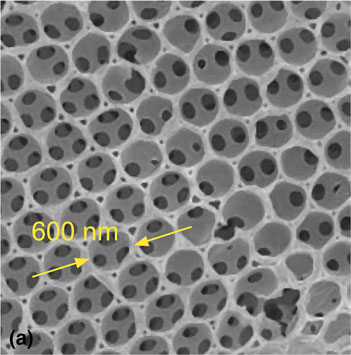Crossref Citations
This article has been cited by the following publications. This list is generated based on data provided by Crossref.
Cook, Robert F.
2019.
Fracture sequences during elastic–plastic indentation of brittle materials.
Journal of Materials Research,
Vol. 34,
Issue. 10,
p.
1633.
Golovin, Yuri I.
Gusev, Alexander A.
Golovin, Dmitry Yu.
Matveev, Sergey M.
and
Vasyukova, Inna A.
2022.
Multiscale Mechanical Performance of Wood: From Nano- to Macro-Scale across Structure Hierarchy and Size Effects.
Nanomaterials,
Vol. 12,
Issue. 7,
p.
1139.
2025.
Indentation Fracture.
p.
331.



